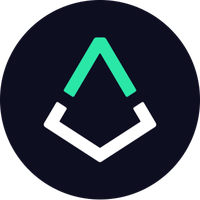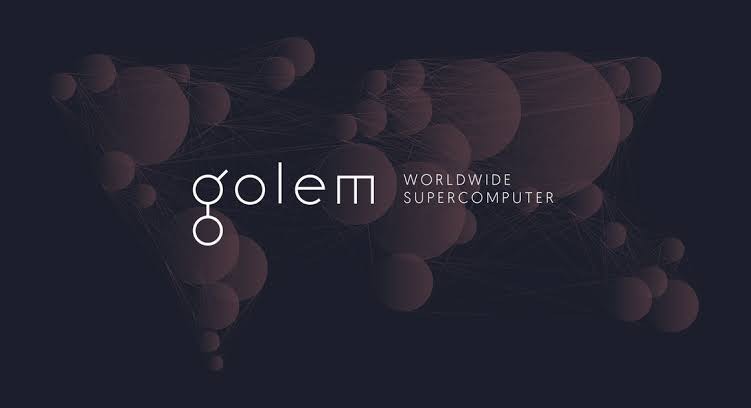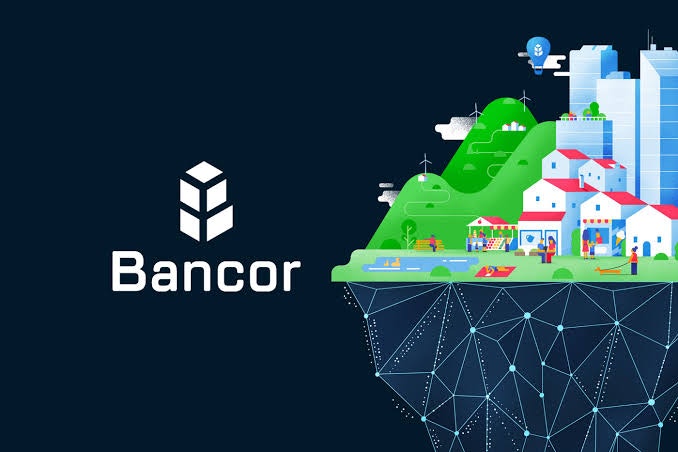What are decentralized apps?
28/04/2022
When most people think of blockchain technology, they probably think of cryptocurrencies like Bitcoin and Ethereum. But the blockchain technology that powers cryptocurrencies is also being used to develop decentralized applications, or “dApps.”
DApps are applications that are run on a network of computers instead of a single computer. This makes them more secure and less susceptible to attack. Because dApps are based on blockchain technology, they can also be trustless, meaning users don’t have to worry about the security of their data.
In this article, we’ll explore what dApps are and some examples of how they’re being used.
What are decentralized apps, and what problem do they solve?
Decentralized apps, or dApps, differ from traditional applications by the fact that they are distributed across a network. In contrast to traditional web apps, which run on servers and can be shut down at any time by their owners, dApps have no single owner and are therefore more secure.
By decentralizing applications, you allow users to enjoy true online freedom without fear of data loss or censorship. This makes decentralized applications some of the most powerful tools available for ensuring online security and privacy.
There are many different types of decentralized applications, but some of the most popular ones include storage solutions like IPFS and Storj, communication platforms like Matrix and Slack, and social media networks like Mastodon.
How do decentralized apps work, and what are their benefits over traditional apps?
Unlike traditional apps, which run on a single server or central authority, dApps are powered by a decentralized peer-to-peer network. This has several advantages over traditional apps:
1. DApps are more resilient to attack and censorship.
Because they’re distributed across a decentralized network, there’s no single point of failure that can be targeted by attackers. And because they’re not subject to the control of any central authority, dApps can’t be censored or shut down by government regulators.
2. DApps are more transparent and trustless.
Because they’re powered by blockchain technology, dApps offer a higher level of transparency and trust.
Transactions on a decentralized network are made public, so users can see exactly how the system works and confirm that all actions were carried out as intended. This eliminates the need to trust other entities or centralized authorities to act in good faith.
3. DApps allow for more direct user control over their data and assets. As dApps run on a decentralized network, all of your data is stored in an encrypted, decentralized format, meaning you have full control over it at all times.
You don’t have to worry about third parties selling your data or using it without your consent, because there’s no central repository for them to access. And since transactions on the blockchain are irreversible, you don’t have to worry about fraudulent charges or malicious actors trying to erase your financial history.
Overall, dApps offer a number of compelling benefits over traditional apps, and we can expect to see their popularity continue to grow in the years ahead.
What are the challenges involved in creating dApps?
Despite the substantial benefits of decentralized applications, there are many challenges involved with building and maintaining them.
One of the biggest challenges is figuring out how to incentivize people to participate in the network. Because these apps have no central authority controlling them, it can be difficult to establish clear rules for participation and ensure that users will always behave in ways that benefit the network as a whole.
Another challenge is creating user-friendly interfaces. This is especially true for applications designed for use on mobile devices like smartphones or tablets. DApps often rely on complex algorithms or other technical features that can be difficult for non-technical users to understand.
Finally, as a relatively new technology, dApps face the same security challenges as other software platforms. Users need to be confident that their data is secure, and developers need to actively work to prevent hackers from exploiting any weaknesses in the system.
Despite these challenges, many people believe that dApps have great potential for changing the way we use technology in our daily lives. As more developers continue to explore this emerging field, new tools and techniques are likely to emerge that will make it easier than ever before to create decentralized applications.
Examples of Decentralized Apps
1. Augur

Augur is a decentralized prediction market built on the Ethereum blockchain. It allows users to bet on the outcome of real-world events, like sports games or elections.
2. Golem

Golem is a decentralized supercomputer that anyone can access. It’s built on the Ethereum blockchain and lets people earn money by renting out their unused computing power.
3. OmiseGO

OmiseGO is a decentralized payment platform that allows users to make instant, peer-to-peer payments in any currency. It’s built on the Ethereum blockchain and uses the OMG token for transactions.
4. Bancor

Bancor is a decentralized exchange that uses its own token, BNT, to facilitate trades. It aims to make trading more accessible by removing the need for centralized intermediaries like exchanges.
5. Tether

Tether is a blockchain-based platform that allows users to trade cryptocurrencies in real time and without paying transaction fees. It also allows users to store their funds in a stable cryptocurrency called Tether.
Wrapup
Decentralized apps (DApps) are the next big thing in tech, and we’re already starting to see their potential. They offer a more secure and transparent way of interacting with the digital world, and they have the potential to change how we do business online.
With more and more companies developing apps for the decentralized Web 3.0, you can expect to see dApps become more and more prominent. Although there are still questions of how to run and maintain dApps without any central authority overseeing them, these questions will likely be resolved as dApps become more mainstream.
One thing is for certain, dApps are the future of the internet. It will be exciting to see how this technology develops over the coming years.
Chat with the expert NFT promoters and marketers at Mooning
Sure, all the examples of NFT promotions we listed are from global brands with endless coin to throw at their campaigns. But you really don’t need a crazy-high budget to see some seriously incredible outcomes – as long as you know the delicate intricacies of building a killer NFT marketing strategy!
If not, no worries – Mooning is here to take care of everything for you and make sure you see the most amazing ROI you’ve ever seen before. Our team has the knowledge and experience to promote your NFTs in order to deliver maximum awareness and interest, driving the sales prices up sky-high and beyond.
We provide a full suite of expert NFT marketing services and go above and beyond for every one of our clients to ensure only the best results. Our team will help with everything from minting, listing and selling, NFT creator sourcing, community management and campaign conceptualisation.
So get in touch with us now on 1300 818 435 or message us online.





